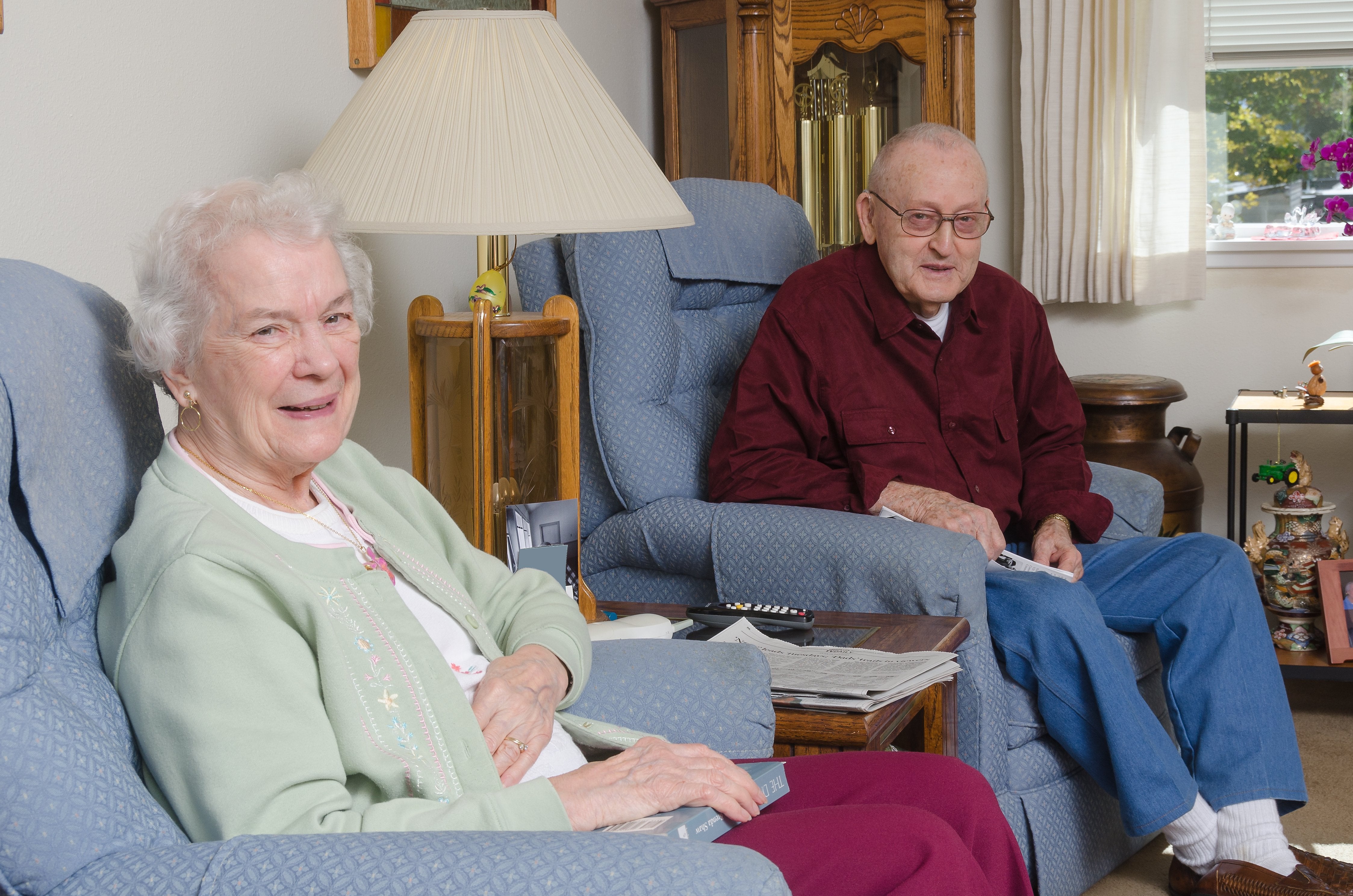
Remote Monitoring of Seniors Becoming More Effective
Seniors aging in place can benefit from an extra set of eyes overseeing their health and safety. If you're a live-out caregiver, you may be video-calling your elderly parent a few times a week. As a live-in caregiver of a parent in a later stage of dementia, you may be trying your best to understand their physical and behavioral changes. Monitoring your parent's activity will be paramount even as you go about your daily activities. In both scenarios, remote monitoring is helpful.
Telehealth has been around since the 1920s
Science and Invention, the popular technology magazine in the 1920s and 1930s envisioned a device that would allow the video examination of patients located away from the clinic. Radios have been used to deliver medical advice to clinics on ships. Today, telemedicine enables doctor-patient communication through mobile phones, computers and tablets. With technological evolution, telehealth possibilities have increased.
Four types of telehealth are available:
Live video-conferencing: Two-way video conferences allow the doctor and patient to come face to face virtually, saving time, ensuring quick intervention and disease management, and removing the stress of traveling to the clinic or hospital.
Asynchronous video: Asynchronous video enables a healthcare provider in the patient's location to consult a geographically distant medical specialist outside of real-time. This form of telehealth is particularly useful for rural populations.
Remote patient monitoring: Here, the senior shares their health data electronically with a doctor, nurse or other medical professional in another location for monitoring and review. It is used to keep an eye on the senior's vitals and to detect fall incidents in and around the senior's home. Elderly monitoring sensors continuously capture data on the senior's activity levels and share them with the caregiver on their electronic device.
Mobile health: Thanks to the proliferation of mobile phones, seniors can monitor some aspects of their health by themselves. From diabetes management and heart beat measurement to daily diet and nutrition tracking, there's a mobile app for various patient requirements. Fitbit, GoogleFit, Apple Heart Study and Samsung Health are popular if basic mobile apps for independent seniors to look after their overall well-being.
In-home medical alert and fall detection systems
When you think of remote monitoring devices, the image of a senior wearing a pendant around their neck may come to mind. Wearables represent an early at-home senior health solution. They're not monitoring devices but medical alert systems that seniors can use to contact emergency medical responders in the event of a fall or other medical emergency.
Life Alert ®, which has been around since the late eighties, is an example of a medical alert wearable that connects seniors in need of urgent medical help to the company's call center, which then dispatches medical personnel to the senior's home. It does not have a fall detection feature - if your parent faints and falls or loses consciousness after their fall, Life Alert ® will not detect this change in movement. There's no way of either knowing whether your elderly parent has suffered a fall or of alerting 911 if your senior is unable to do so.
There are Life Alert ® alternatives that detect falls and automatically alert the monitoring station to send immediate help. However, they’re not designed to allow remote monitoring of your parents' activities.
New remote monitoring systems for seniors
Sensor technology powers modern remote monitoring systems and health wearables. A fitness band uses optical sensors to measure heart rate by shining green LED lights on your wrist. Hemoglobin absorbs green light strongly and is able to access deeper tissues to assess blood flow and heart beats accurately. Fall detection systems use other types of sensors - accelerometers and gyroscopes - to identify your senior's gait, position and whether their movements are smooth or abrupt. If your senior is not in an upright position and has suffered a fall, this notification goes out to you on your mobile phone.
Capturing activity data is useful only if that data can be converted to actionable information. You not only want to be alerted to unusual activity levels but also understand trends in activity over a period of time. For example, has your parent been less active in the past week compared to previous weeks? If this is the case, you may want to get in touch with them immediately to understand the reason for their inactivity.
The sensors are placed in different areas of your home. So, if you want to know where your senior was last or even their five recent locations, remote monitoring systems like SentryTell will provide this information on your mobile phone. It is particularly useful when your parent is entering a later stage of dementia and in the habit of wandering around the house.
Another type of remote monitoring for wandering seniors tracks their movement from within their shoes. GPS-enabled insoles use Bluetooth, cellular, GPS and Wi-Fi technology to log the senior's location and uploads it to the cloud for access by a caregiver. You can set the radius and get alerts when your senior steps outside this zone. Like in-home sensor-based remote monitoring, smart soles that use GPS are an inconspicuous way to stay updated about your parent's activities.
Aging in place safely
You can reduce the stress of caring for your senior with non-intrusive remote monitoring systems. Your independent senior is likely to be game as they don't have to wear a pendant around their neck. Remote monitoring companies have a subscription model with monthly payment plans. Most don't lock you into a contract, so you may be able to switch providers or even pause your plan for a while. The addition of new features that provide other useful safety or health information on your seniors should also make the remote monitoring system worth investing in.




